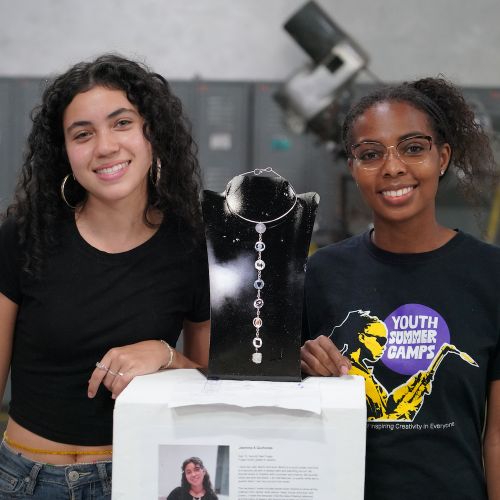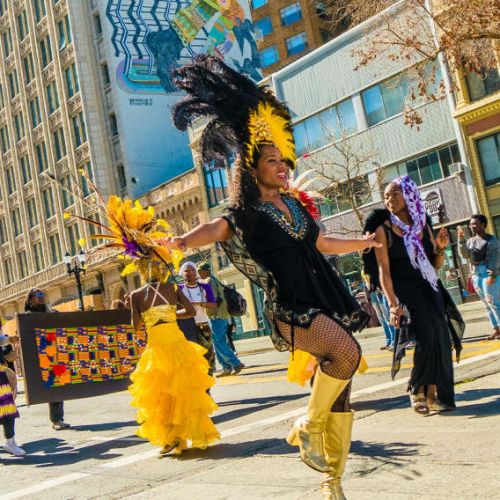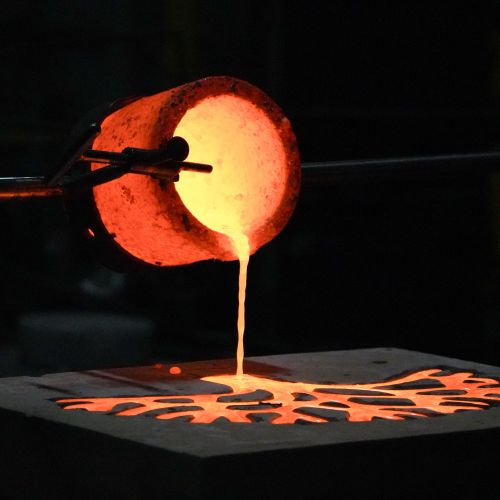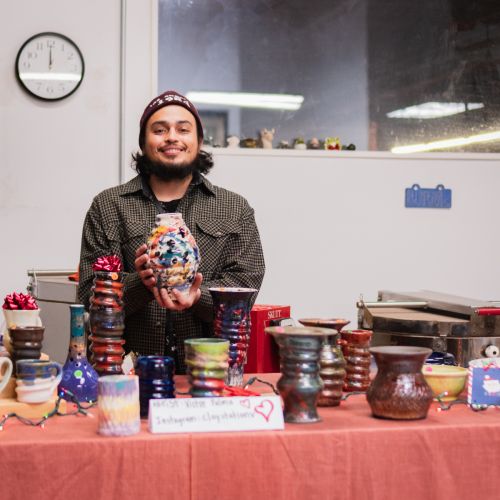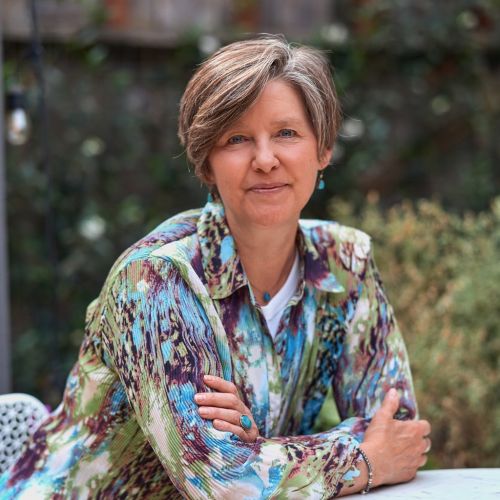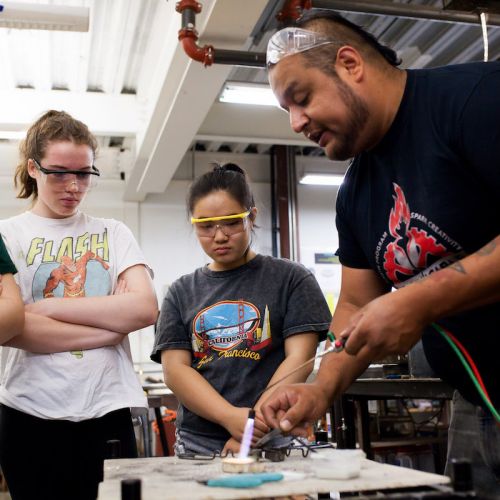By Kristin Arzt
Irina’s journey to The Crucible began in 2008 in Arizona, where she encountered the cast bronze bells at Cosanti an experimental architectural and bell making facility. “I had never seen nor heard such unique and gorgeous bells. Something inside of me deeply shifted – it felt like an instinctual shock,” Irina explained. We sat down with Irina to learn how she arrived at The Crucible, and came to make our bronze donor plaques.
After returning home to the Bay Area, Irina was curious to find more handmade bells locally. After searching online, Irina found The Crucible’s Bell Casting class. “I couldn’t believe I had found an actual class. I immediately registered and was the first person to show up to class,” she told us. “And it gets better. When I asked Nick, the instructor, how he got involved with bell making, he told me he had made the Soleri bells in Arizona years before! I literally could not believe that I had landed here. I believe that things happen for a reason. Needless to say, the Bell Casting class was phenomenal.”
After taking the Bell Casting class, Irina signed up for our CREATE Program to gain access to our studio space, tools, and equipment. As involved as the bell making process is, the passion that Irina discovered for bells and bell making is kept alive through her ability to make her own bells in our Foundry.
“There was something pulling me towards The Crucible. Nowhere else feels so much like home, so rooted in me.”
Donors at the $5,000 level join the Vulcan Society and have their names cast in bronze on The Crucible donor wall. Every year, volunteers in our Foundry Department donate their time to make the donor plaques. For the last two years, Irina has been making donor plaques for each of the generous Vulcan Society donors who make a gift to The Crucible’s programming.
“It is a very involved and time consuming process,” Irina told us. “But I am honored to make the plaques. I so appreciate the people who understand how special this place is and are moved to donate.” Irina sees her work as a full circle way of giving back to the donors.
In the spirit of Giving Tuesday, we met up with Irina to see how she makes the plaques, from pouring each individual letter in wax to casting the whole plaque in bronze.
Here is how our donor plaques are made:
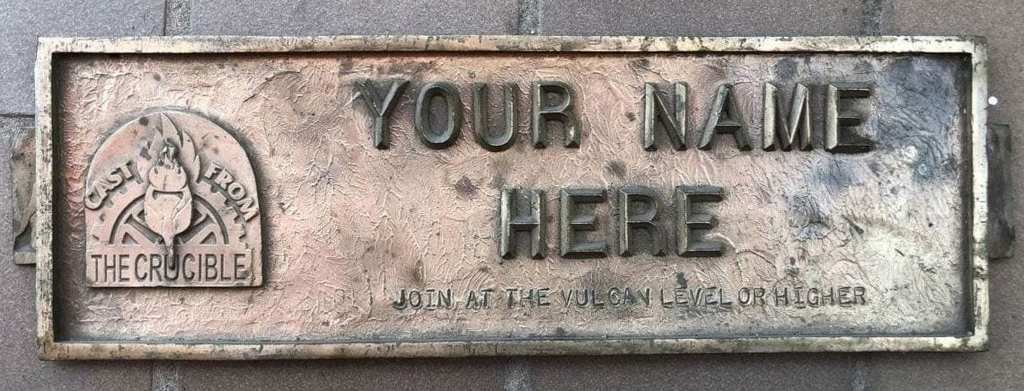
1. Make the wax plaque
Pour wax into a silicone rubber mold. Our plaque molds were made by Alex Smith, one of our Foundry instructors.
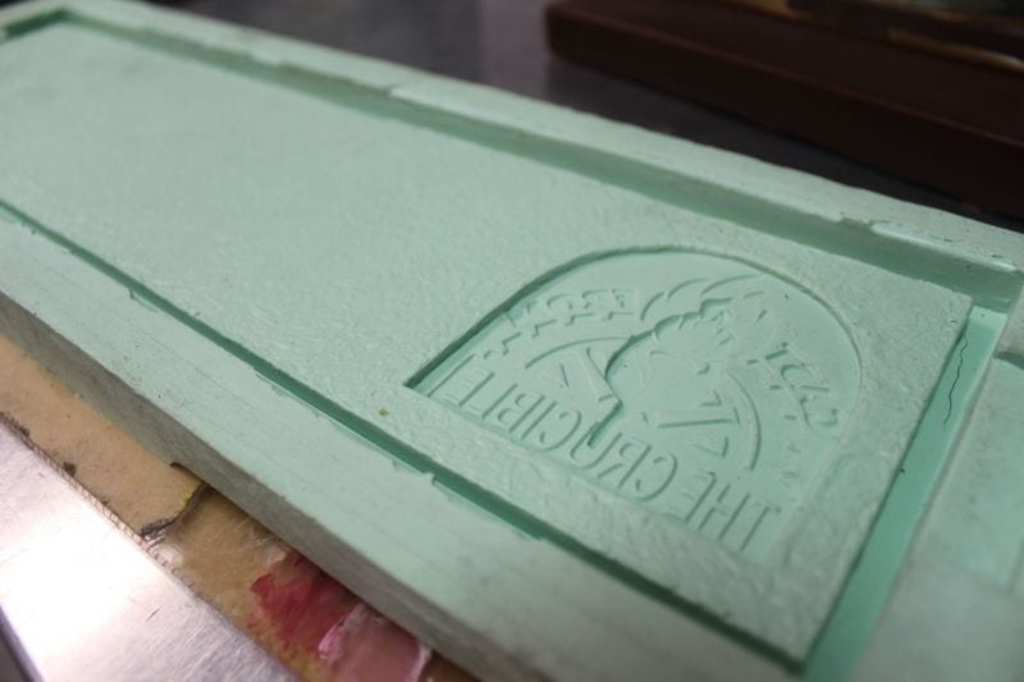
2. Cast in wax
Each letter is poured in microcrystalline wax to spell out the name of the donor. The letters are shaped, tacked, and ultimately soldered onto the wax plaque mold individually.
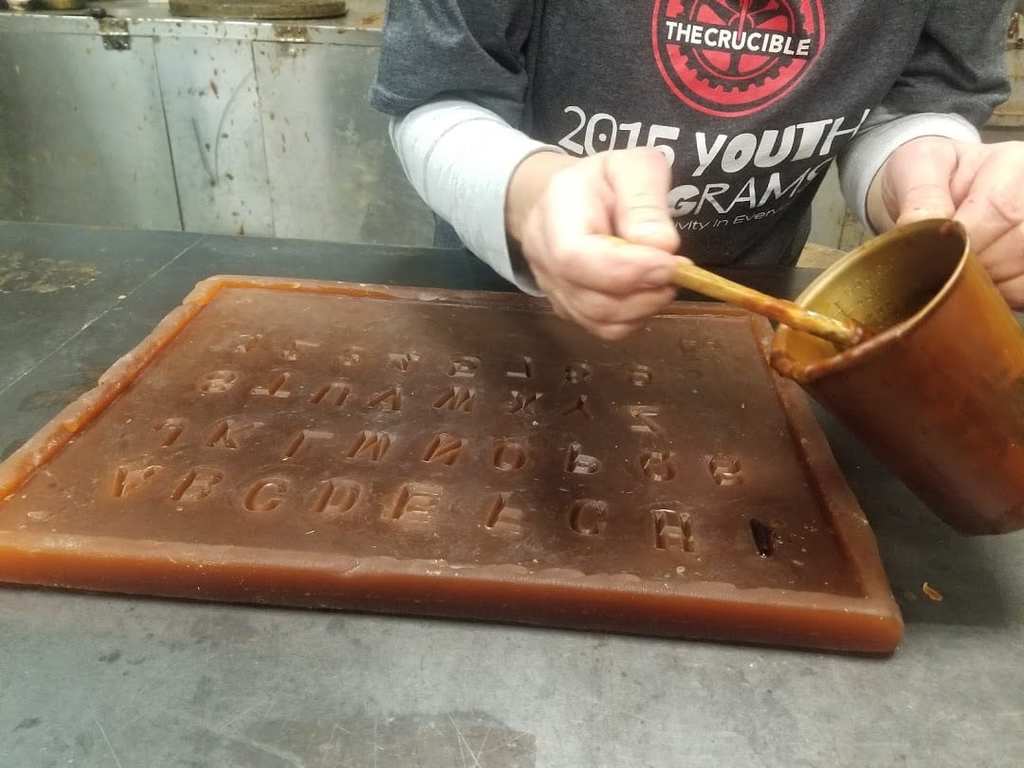
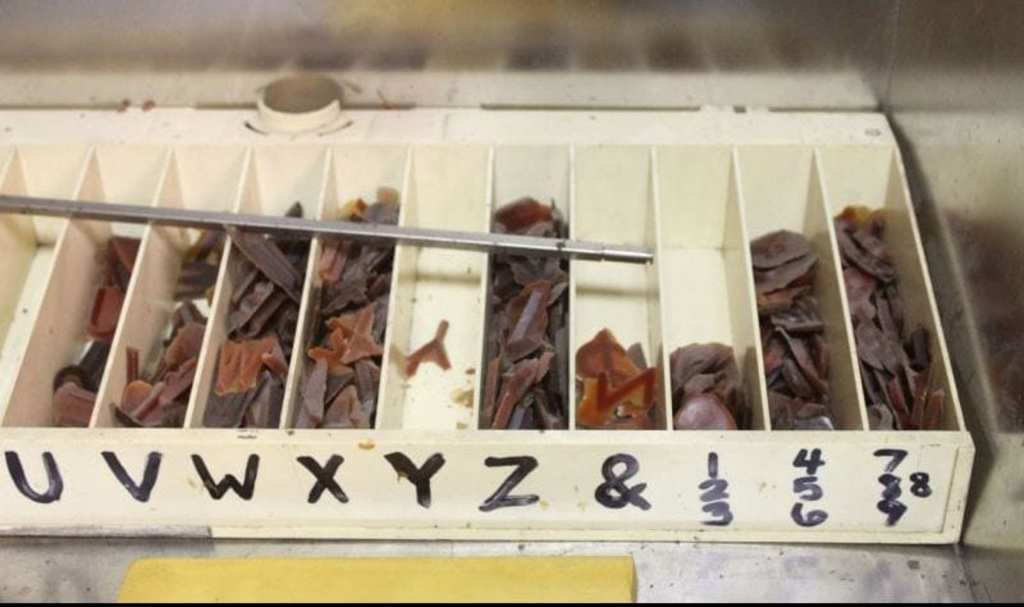
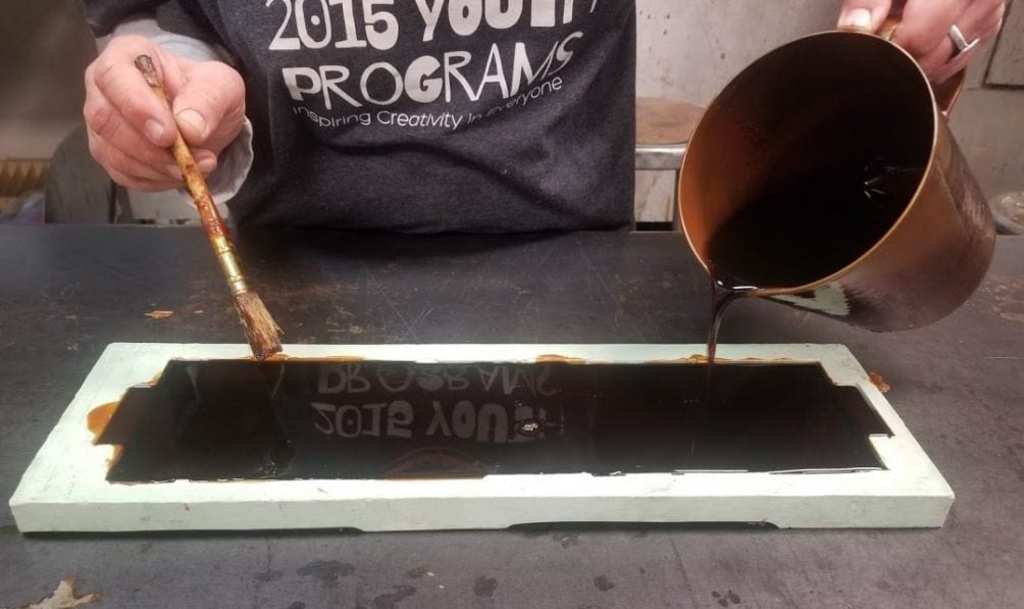
3. Arrange the letters
After measuring the plaque, Irina tacks each individual letter into place. They are lightweight and slippery, so this can be one of the more meticulous aspects of making the plaques.
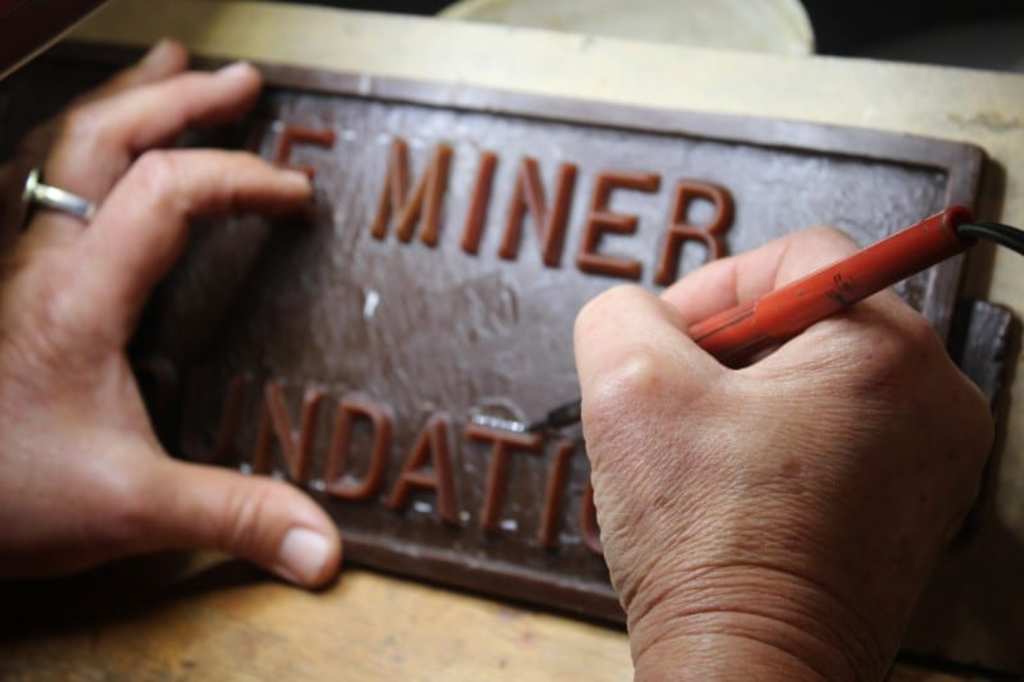
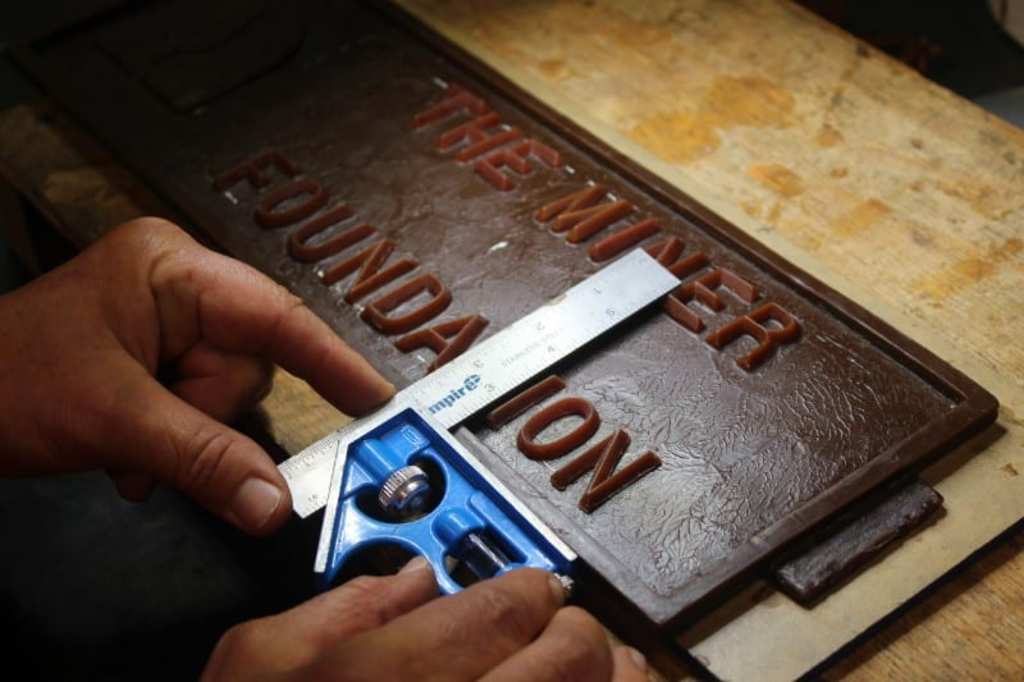
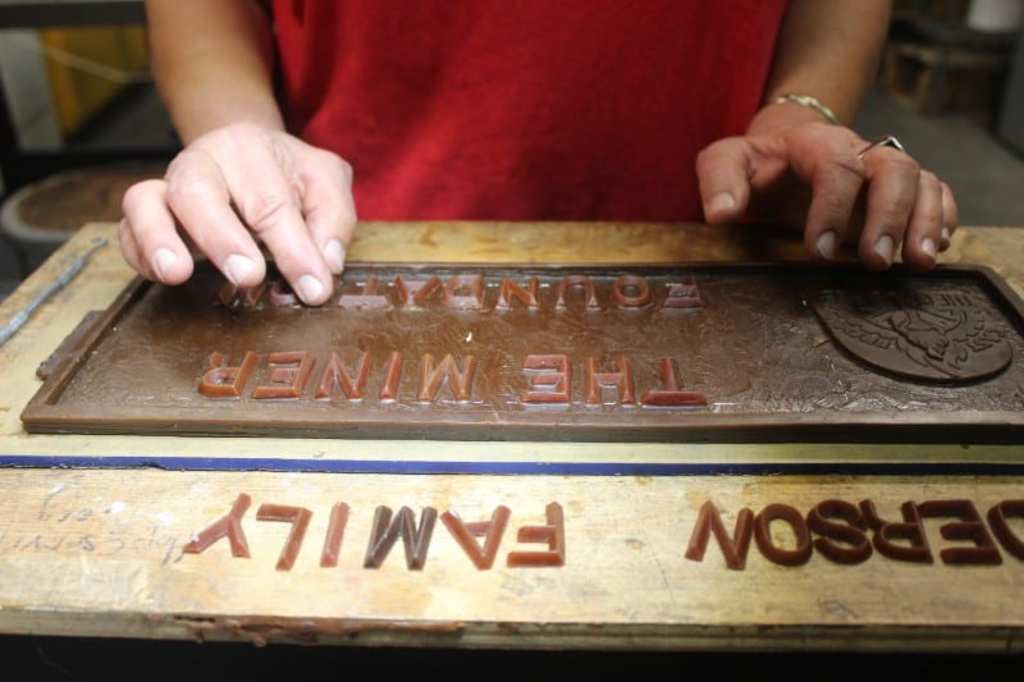
4. Sprue and gate
Wax gates and vents are attached to the mold to allow the wax to be melted out, molten bronze to flow, and gases to escape.
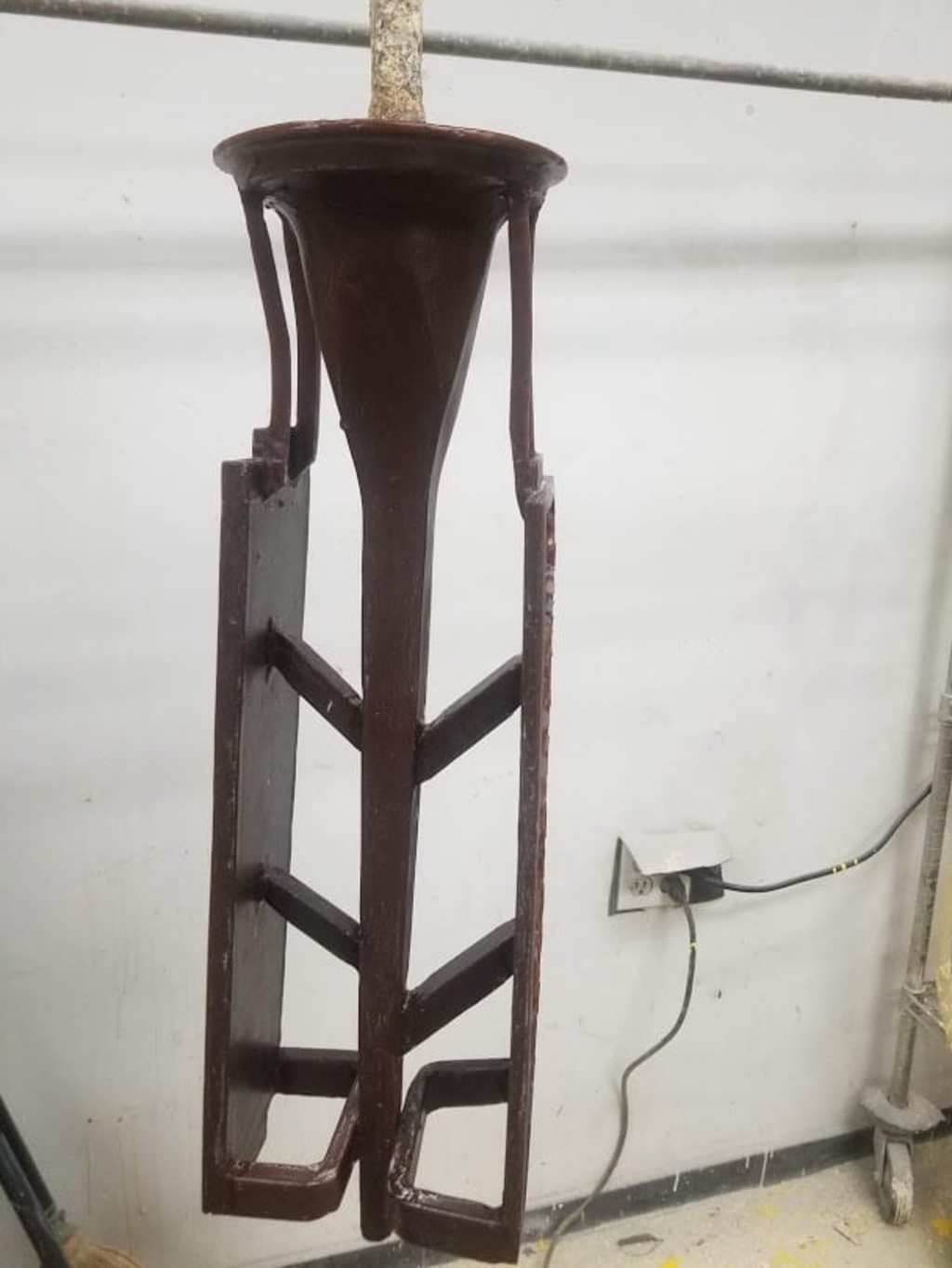
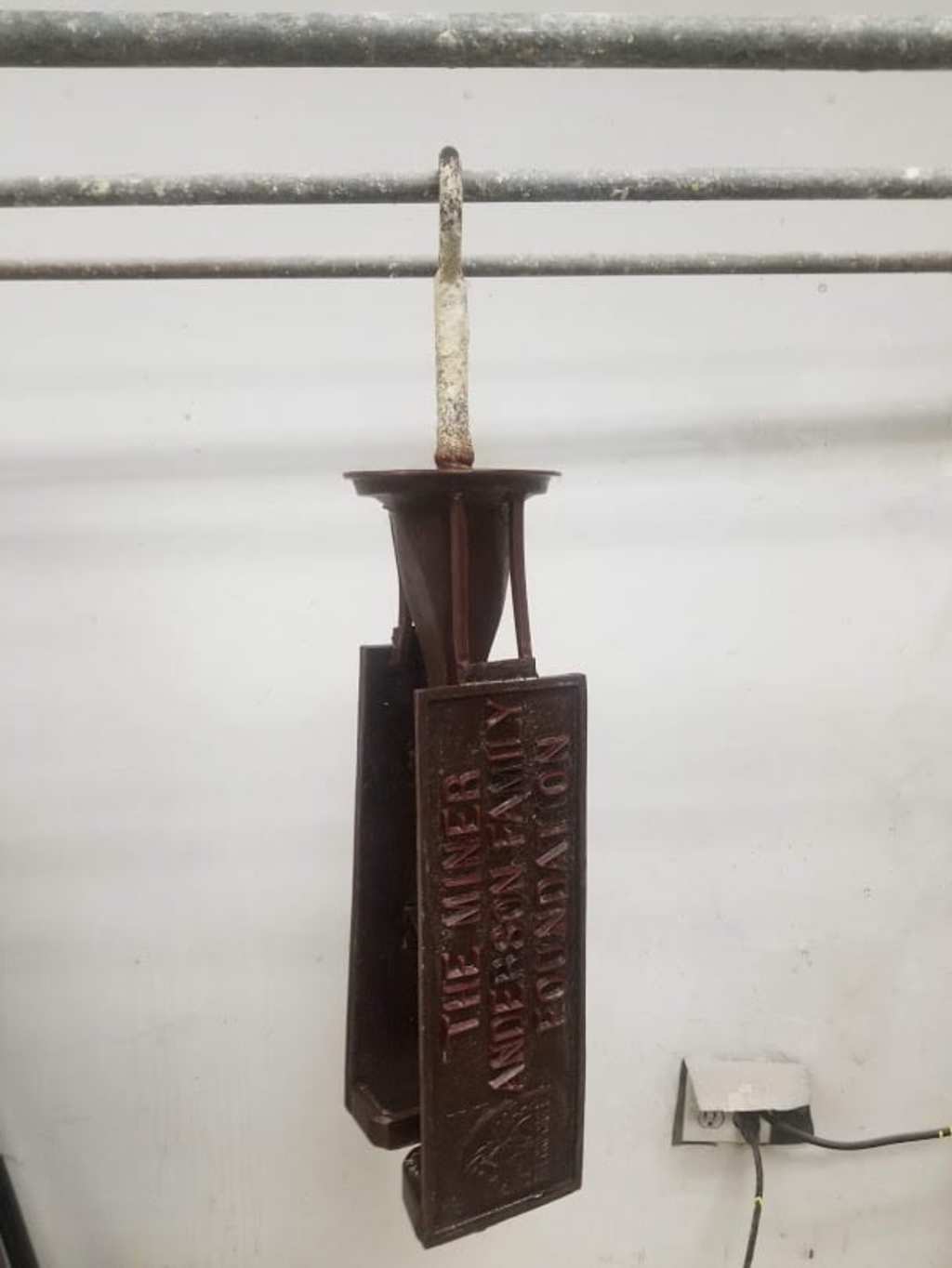
5. Add ceramic shell
The wax plaques are dipped in ceramic shell slurry, then coated in silica sand. Each plaque requires approximately eight dips, with drying time in between each dip.
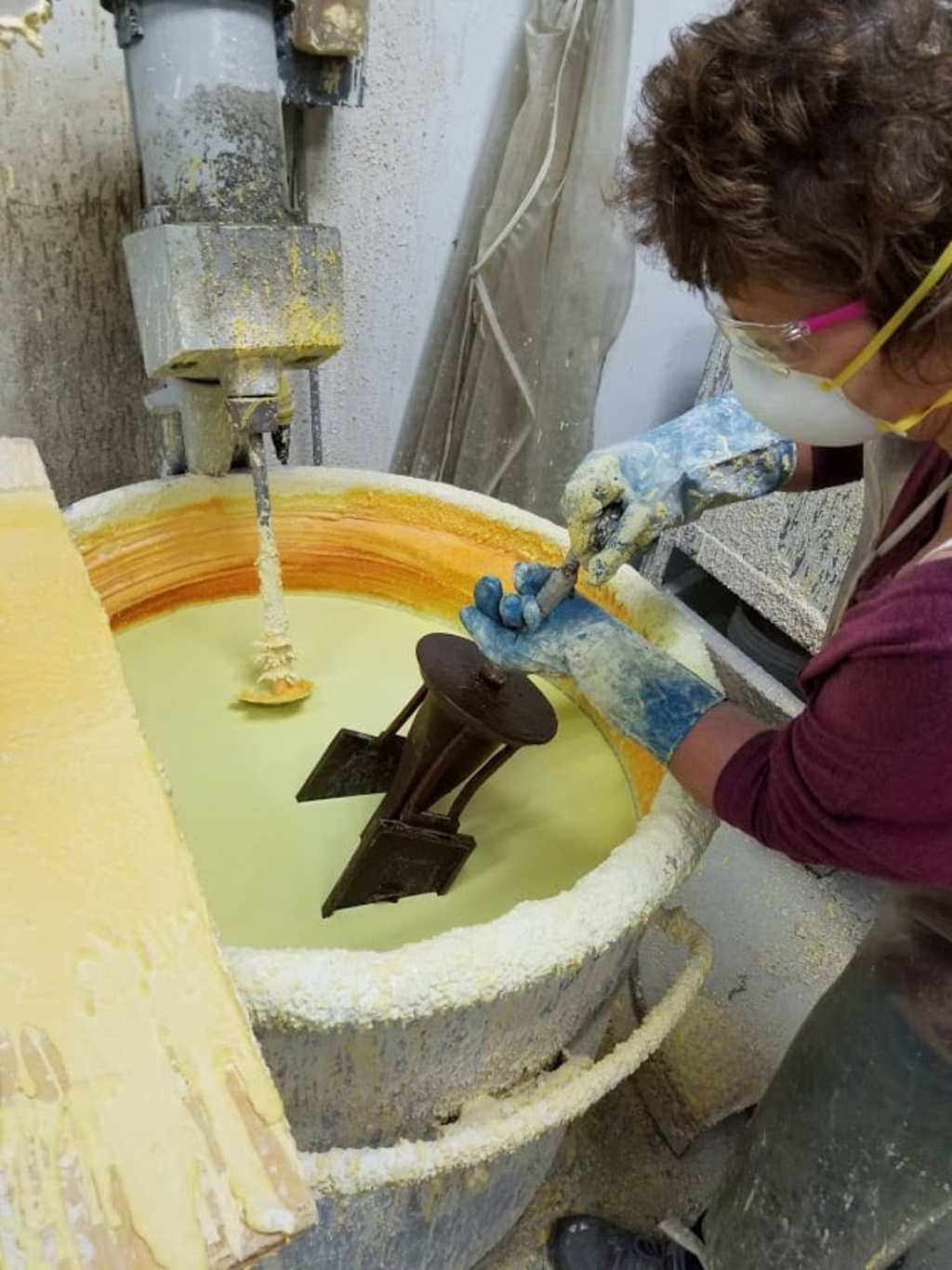
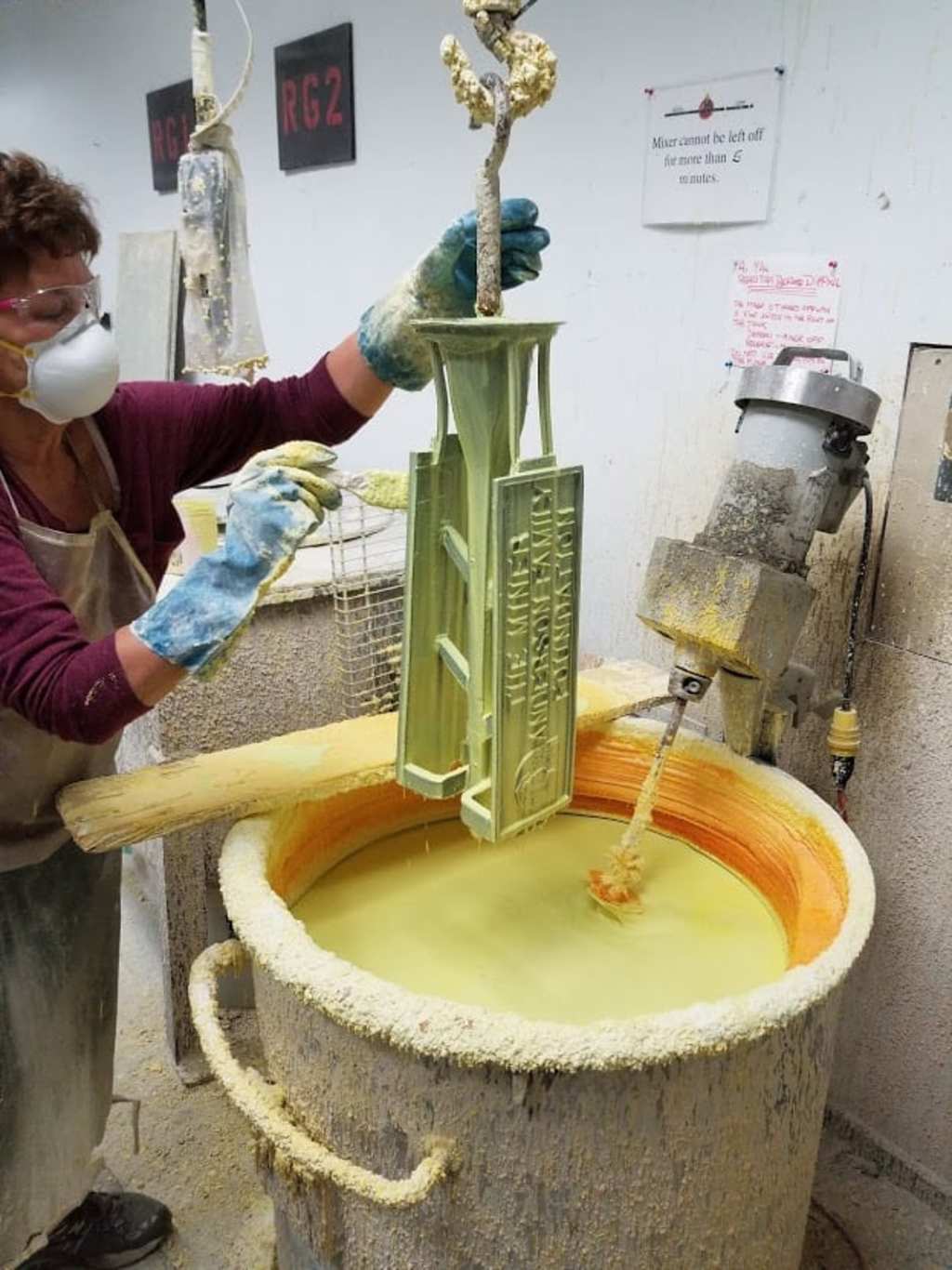
6. Cast in bronze
The ceramic shell coated plaques are placed into our furnace, which bakes the shell and removes the wax. The bronze is heated up to 2100 degrees Fahrenheit, and poured into the hollow shells.
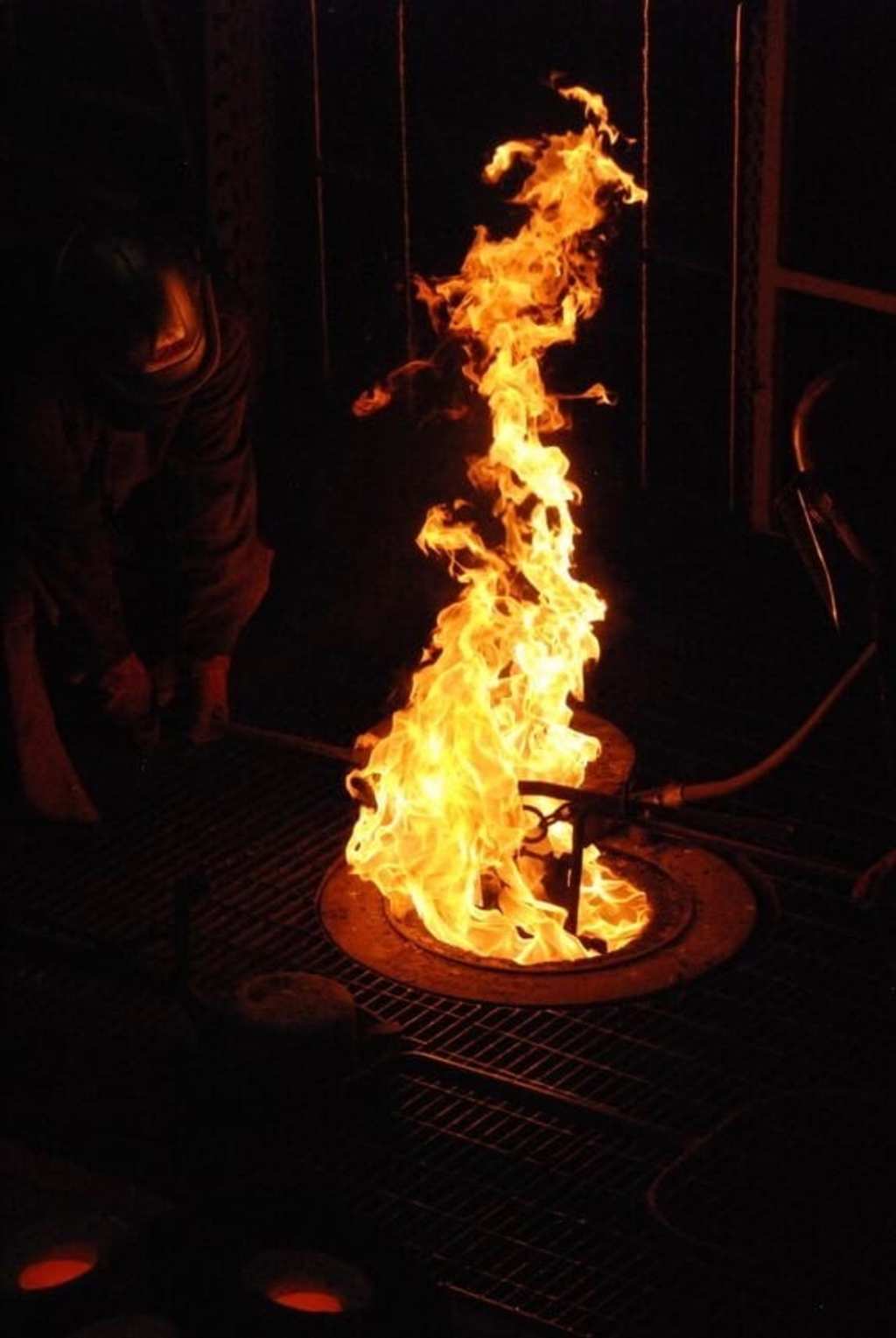
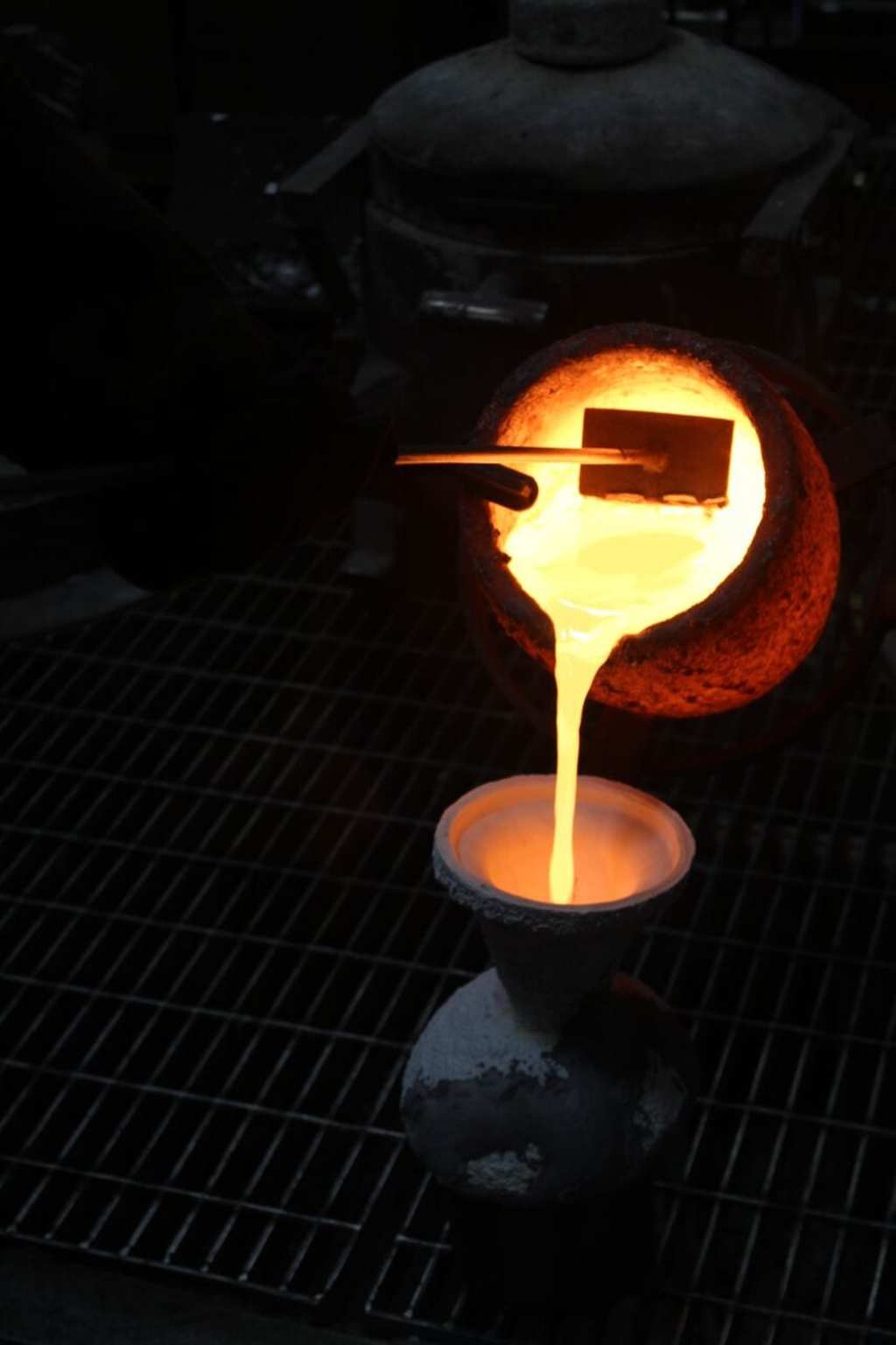
7. Devest
Once the shell has cooled and solidified, the shell material is removed and bronze casting is revealed. In the grinding room, the gates are cut off and finishing metal work is done, followed by patina work.
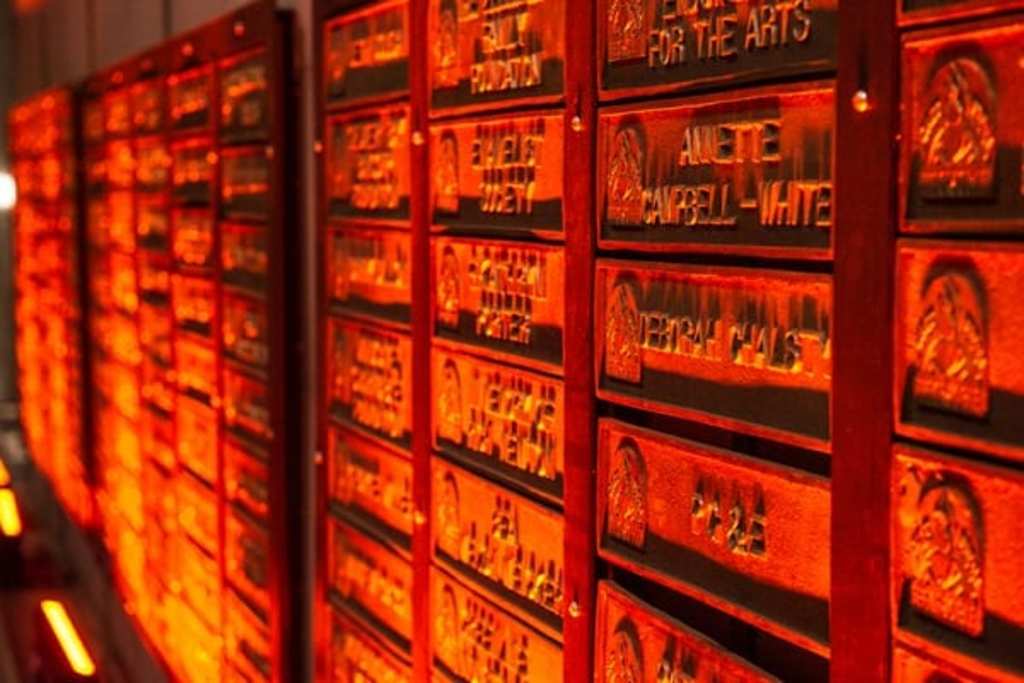
?
Want to know how your generous donations help support The Crucible?
Because of donors at every level, each year The Crucible is able to:
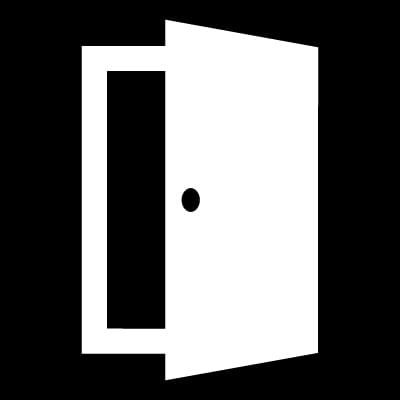
Access
Serve 80% of youth FREE OF CHARGE
Award more than $100,000 in youth scholarships
Creativity
Provide inspiring educational experiences to over 5,500 young people
Invest in the makers of tomorrow with 15 paid leadership and workforce development positions
Youth
Offer free field trips for over 1,300 youth
Offer free bike repair to over 200 youth during drop-in hours
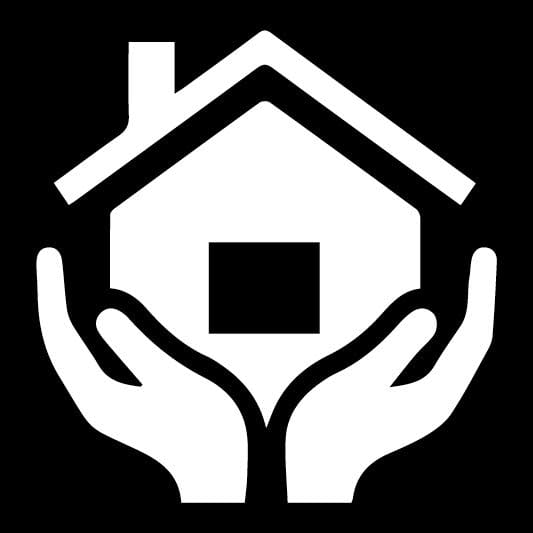
Community
Partner with over 40 Bay Area Schools to provide field trips, workshops, hands-on presentations, and studio tours
Provide affordable rental studios for 30 working artists
